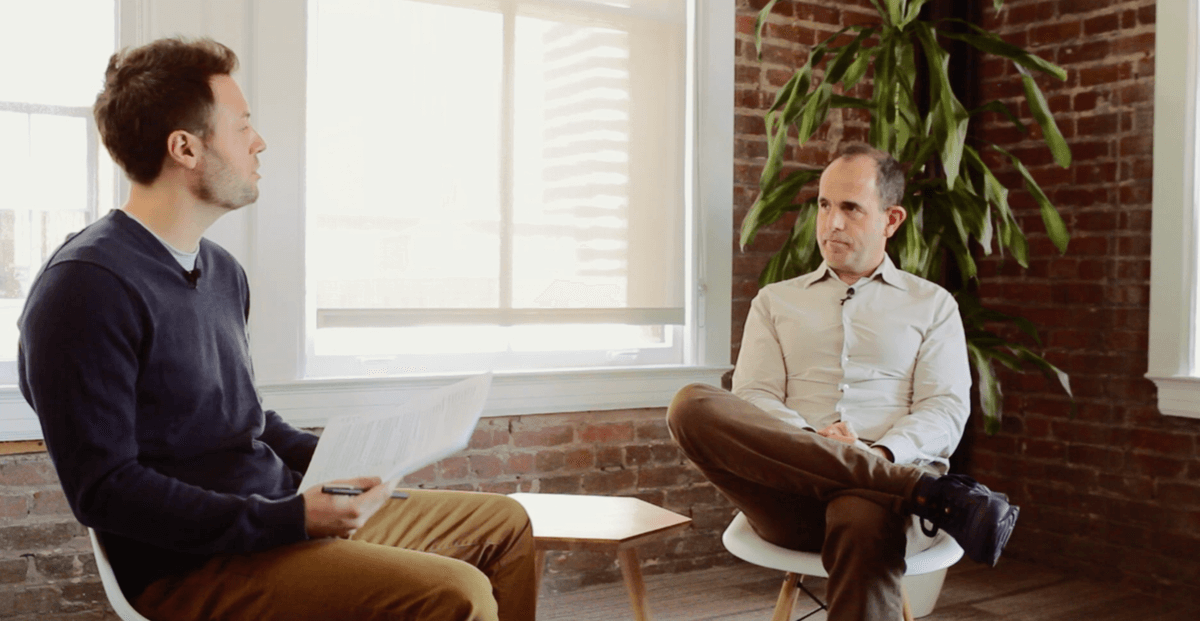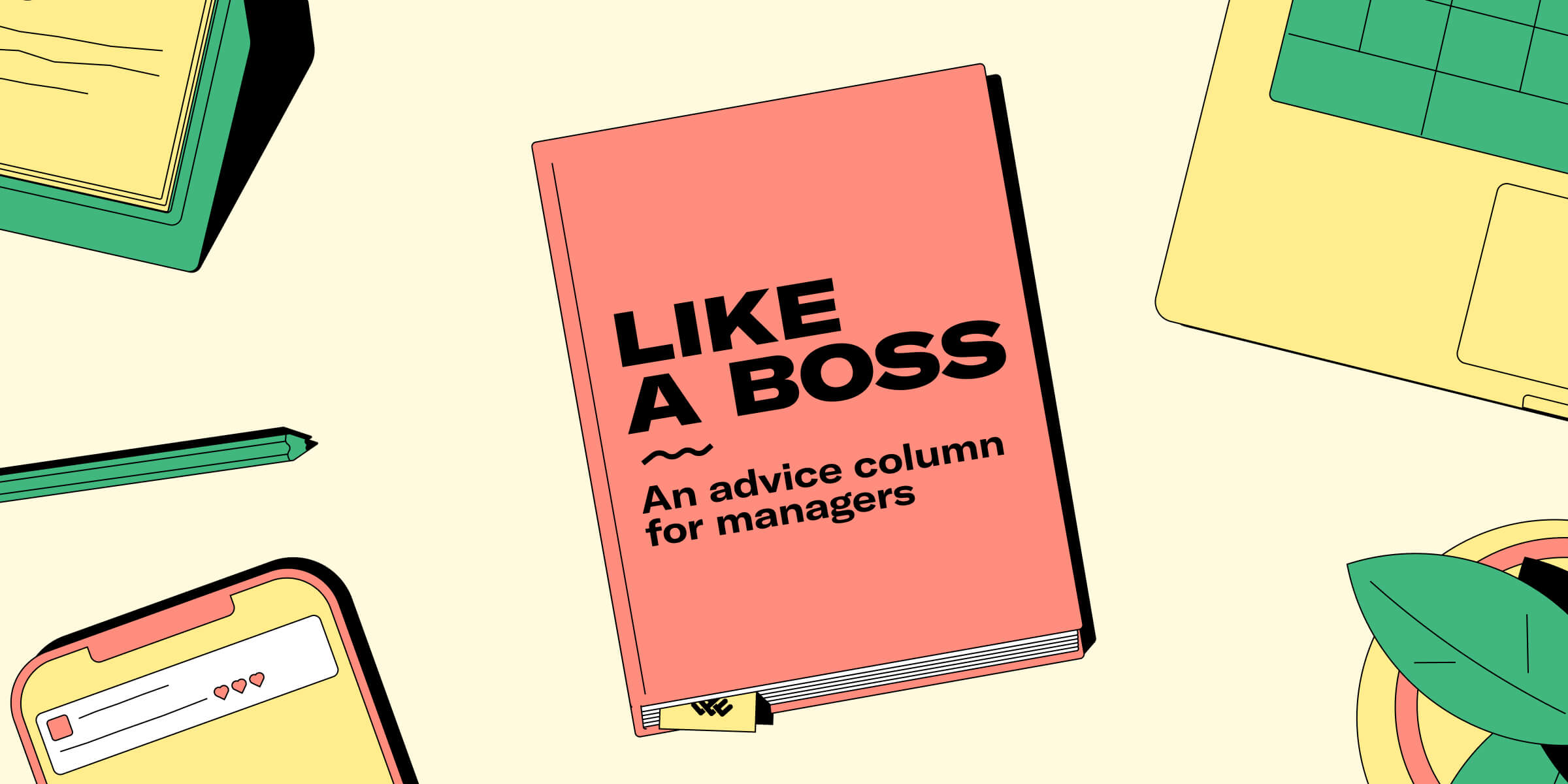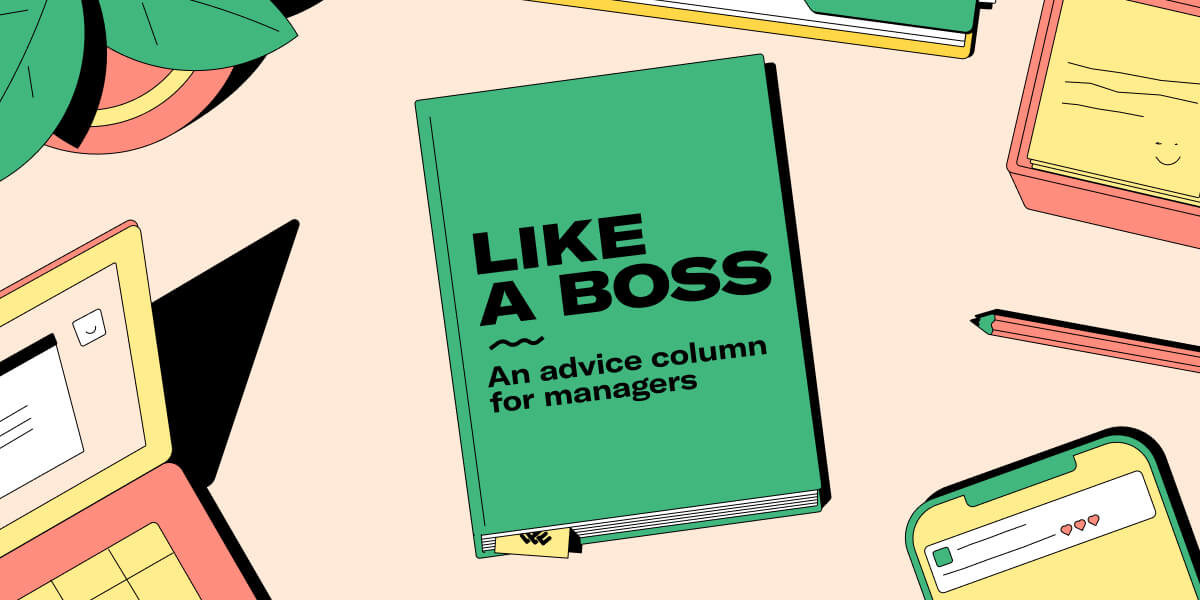Heather Doshay has been Head of People for Rainforest QA for about a year and a half. Before that, she was leading talent markets for Hired. Before entering the startup space, she got her PhD in Organizational Development at the University of San Francisco, and worked in student life in higher education.
How did you get into HR?
So many people tend to believe that human resources is that persnickety policy person in the corner who can answer your benefits questions, and that never appealed to me. I wanted to be in a role that made a real impact and helped people. So, I had no idea what I wanted to be when I grew up, but I had always known I wanted to help people achieve their goals. When I was in college I got super involved in student life and student organizations and took on a lot of leadership positions. But as I moved up in higher education, I realized it’s a bit of an old school, bureaucratic environment where you can make some positive change, but only very, very slowly. And I ultimately realized that the HR department, or people operations, specifically in the startup space, didn’t have to be the stereotype I had envisioned it to be and was very much aligned to my personal mission of helping people achieve their goals. When I realized the the reality of a proactive and strategic HR person is 90% transformative coaching and building programs that empower people, I changed my tune.
When do you think the first HR person should be hired?
Companies hire their first HR person at different points -- it depends on the company. One thing I would say, is that regardless of when you hire that person, don’t hire a super junior HR person as the first hire, hire someone who can really architect the people function to be the proactive and transformative strategic partner to the business, and not some back office function.
Most companies probably consider it around fifty people, and that's because a lot of the laws kick in at fifty people. Fifty people's enough where there are people related dynamics happening, so it's not a function covered by others in a part time capacity anymore. That's usually when people operations comes into play. However, if you put the right tools and systems into place from the start, you actually don’t need to hire HR as early as you think. You can create a positive, healthy culture around feedback, goal setting, etc., so that those trains run on their own and you don’t need an HR person as a conductor.
What’s the average day for you?
My days vary a lot, but I would say most of my day is meetings and one-on-ones and communicating information from one person to another. The most important elements of your job is process managing yourself, and knowing what to prioritize. It helps to have a clear operating plan so when things come up, there’s a clear framework for where they fit into the overall plan. Everyone thinks their issue is the number one priority of the company, so HR needs to be good at knowing which to prioritize while still making everyone feel heard, and often it’s empowering and coaching people to resolve their own issues.
Luckily, I've always had a seat at the executive table. I get very wary of tech companies where the people operations team reports into finance, or the people function doesn’t sit at the executive table, Whenever that happens, you're making the job administrative, and in turn, less impactful.
My job, ultimately, is to help every single employee have success at Rainforest. Their employee experience starts at the very beginning of the people process, with talent acquisition and the hiring process, when we're attracting candidates to come work here, all the way through to talent management and employee engagement, which means transitions, people getting into promotions, or leaving Rainforest, or whatever else. That entire lifecycle is my and my team’s responsibility and my priority.
How do you help new managers in their roles?
A lot of big people problems at companies tend to stem from the fact that HR can't be in every place at every time helping every single person, so they rely on managers being able to do that. But in startups, you tend to hire people who are on the junior side, who, when they get promoted to management, have zero management experience and the company has zero infrastructure to train management. And so I see my job as making sure there’s support for them.
Even then, a lot of times people are promoted to managers because they're all-star individual contributors, and they want to continue to proceed as an all-star because they're very fearful that if they don't do well, if they're not the best managers, that's a big failure. They're also usually pretty skilled communicators so they'll talk like, "Everything is going great. We're all doing great, budgets are great. Nothing to worry about here." It’s very easy as an HR person to be like "Oh, that's great. They're really thriving." But things aren’t always the rosy picture they painted to be.
You have to be asking really good questions to go around these answers, and I think this goes back to my skills from higher education days. I was counseling students, and you have to be really good at not taking the story that they're presenting to you because they want to look good in front of you.
One way I try to get them to open up is telling them about the times that I failed as an early manager. Again, when I worked in higher education, I was a first time manager at 25, I managed people who were twice my age, and it was really, really hard. I’ll share with them specific examples, to help them feel less afraid. And I find that sometimes the new managers -- especially with the ones that are going to be really great managers -- they actually end up asking me for advice, or are actually more willing to share when they're not doing as well.
And with Lattice, for example, you can make sure that if there are any big flags, they are discussed in these performance conversations and one-on-ones. So then I can jump in and say, hey, you know, X manager, I noticed this is happening. Can I help coach you through this experience?
Another thing we do at Rainforest are these manager roundtables. I pick a topic every month, or I crowdsource topics. I’ll do a lecture, and then we do a 35-minute discussion on that topic. We’ll have really senior experience managers, like our executive staff, and some really junior managers, who are just becoming managers for the first time. And we use the roundtable to create a dialogue on the topic between these two groups.
Why was it important to you to have a performance management tool like Lattice at Rainforest?
We selected Lattice because people on the team craved feedback. People want to be more self-aware so they can grow. We chose the platform not because we wanted to have reviews in the old school way, per se, but because we wanted to have a team that was not afraid to give feedback to each other. So we wanted a tool that would give 360 feedback. That was easy to use in a casual way. We want this ongoing culture of feedback. There's a lot of people that will say the performance review is dead, because ongoing feedback is better. This is controversial, but I disagree -- of course ongoing feedback is important. But also, I think it's so easy to get stuck in like the hustle and bustle of the day-to-day that you go on these weekly one-on-ones, and it's never quite the right week to bring up like a bigger, ongoing question of, “How am I doing in regards to this long-term goal?” with your manager, and there’s no right time for your manager to say, "You're on track for your next promotion," that sort of thing. So the performance review conversation is like a nice punctuation point in the middle of a year, to say, "We've been talking in your one-on-ones about all these things," and now we see and discuss the larger patterns, and the cumulative effects. Especially with super junior talent, which most startups have, because if you’re newer to the startup workforce, you really thrive on knowing if you're going in the right direction or not.
When I joined Rainforest, I interviewed every single team member that we had, there were about fifty or something at that point, and I sat down with everybody for a thirty-minute to hour-long chat, and just said, "Hey, what are we doing well? What are we not doing well?" Across the board, they all wanted to know more about where they stood with their manager. So having some structure in place with Lattice allows them to facilitate that conversation is really important.







